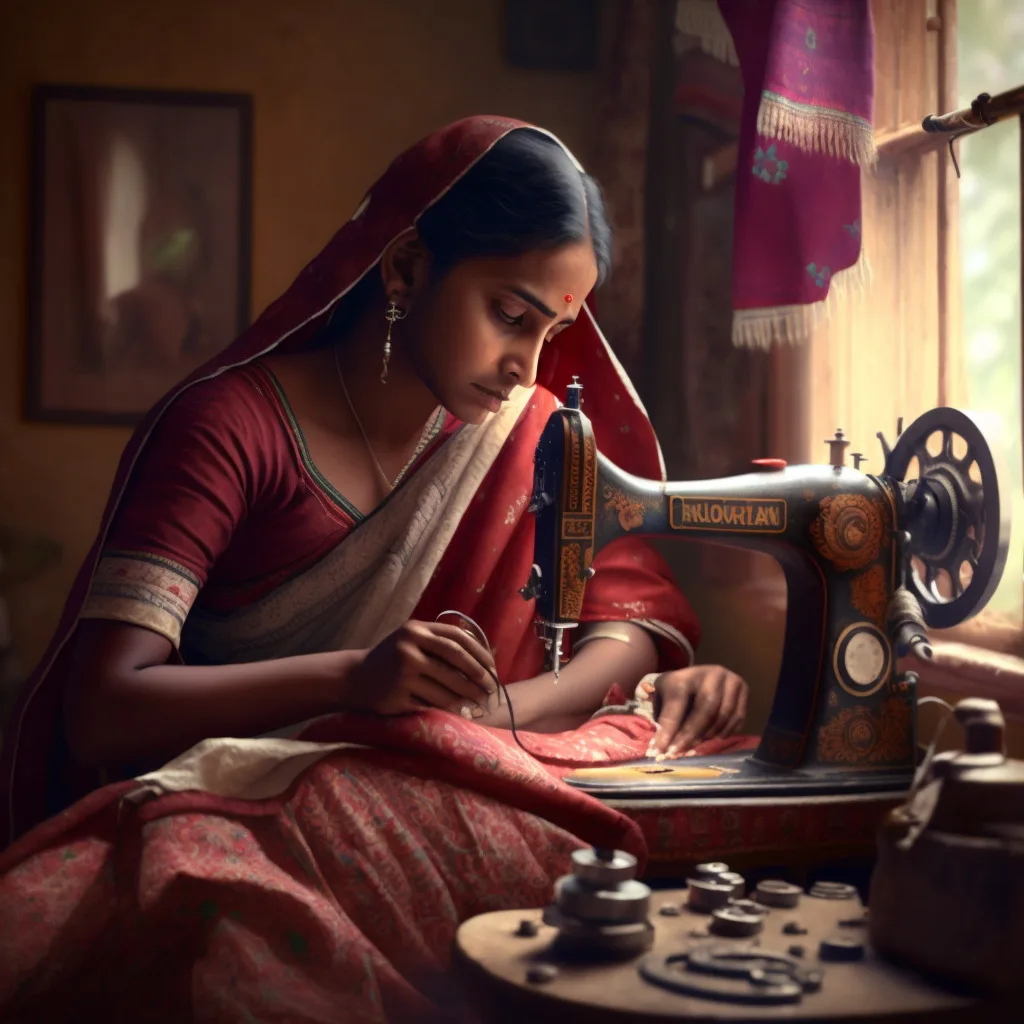Discover the Best Tailor Perth: Costs Tailoring for Distinctive Style
Discover the Best Tailor Perth: Costs Tailoring for Distinctive Style
Blog Article
Recognizing the Tailoring Refine: From Textile Choice to Final Fitting for the Ideal Wardrobe
The tailoring procedure is a complicated interaction of art and science, beginning with the crucial choice of fabric choice and culminating in the specific modifications of last fittings. Each textile type brings one-of-a-kind high qualities that affect not only the visual charm yet likewise the garment's longevity and viability for various events.
Significance of Material Option
Choosing the best textile is crucial in the tailoring procedure, as it straight affects the comfort, toughness, and overall aesthetic of the final garment (tailor perth). The choice of textile establishes the foundation for the garment's efficiency, design, and capability. Various fabrics possess distinct homes, such as breathability, stretch, and weight, which can substantially impact exactly how the garment drapes and fits the body
Additionally, textile selection influences the garment's durability and simplicity of care. Top notch textiles can hold up against damage, preserving their appearance and structure in time, while lower-quality materials may lead to pilling or fading. In addition, the right textile adds to the garment's ability to transition throughout periods and events, thus enhancing flexibility.
A tailored piece made from an ideal textile not only showcases craftsmanship yet likewise elevates the user's confidence. Consequently, understanding the subtleties of material option is paramount for any type of customizing endeavor. It guarantees that the end product not only fulfills the visual desires of the customer yet likewise straightens with functional needs, thereby accomplishing a harmonious equilibrium between type and function in the tailored closet.
Kinds Of Fabrics and Their Usages
Comprehending the numerous types of textiles offered is essential for making notified choices during the customizing process. Each material has distinct features that dictate its viability for specific garments and events.
Cotton, known for its breathability and gentleness, is perfect for informal wear and summer clothing. Its versatility permits it to be tailored right into whatever from t-shirts to outfits. Wool, on the various other hand, is favored for its heat and framework, making it an outstanding choice for official matches and outerwear - tailor perth. Its all-natural elasticity helps garments preserve form with time.
Silk radiates high-end and is light-weight, making it excellent for eveningwear and fragile shirts; however, it requires cautious handling as a result of its delicacy. Bed linen, with its textured finish, is a prominent option for cozy environments, providing a airy and crisp feel, however it wrinkles quickly, which may impact the garment's appearance.
Artificial materials, such as polyester and nylon, deal resilience and resistance to wrinkles, making them appropriate for daily wear and energetic clothing. Recognizing these textile types and their homes enables far better decision-making, guaranteeing that each tailored piece not only fits well but additionally lines up with the intended objective and event.
The Tailoring Strategies Clarified
The art of tailoring relies upon a variety of strategies that change textile right into well-fitted garments. Central to this procedure is pattern composing, where a tailor creates layouts based upon the customer's dimensions and desired design. This preliminary step guarantees that the garment will fit the user correctly prior to any reducing takes place.
Once patterns look at this site are developed, reducing methods enter into play. Accuracy is vital as mistakes can cause misfitting garments. Tailors usually use different cutting methods, such as single-layer reducing for complex styles and multiple-layer cutting for efficiency on basic patterns.
Basting is another crucial strategy, permitting tailors to temporarily stitch material assemble for a preliminary fitting. This technique offers the chance to analyze the drape and total shape prior to final sewing.
Seaming strategies, consisting of french seams and flat-felled joints, improve the garment's resilience and visual charm. Tailors also utilize techniques such as interfacing and cushioning to give framework and shape to certain locations, like collars and shoulders.
Last but not least, finishing methods, consisting of hemming and edge completing, make certain the garment's longevity while offering a refined look. With each other, these methods form the foundation of efficient customizing, causing charming, tailor-made apparel.
Fitting Changes and Factors To Consider

Trick factors to consider consist of the shoulder fit, which needs to neither droop nor limit movement, and the sleeve length, which must enable comfy arm activity while preserving a polished look. Additionally, modifications at the waistline can refine the shape, with alternatives to allow out or take in fabric as required.
The surge of pants is one more vital aspect; it ought to sit pleasantly over the hips without causing pain, permitting for simplicity of motion. Hemming lengths for both pants and skirts must show the wearer's favored style while respecting percentages.

Keeping Your Tailored Apparel
Correct maintenance of customized garments my link is vital to preserving their fit and look in time. To make sure longevity, routine cleaning is paramount. Always follow the treatment tag guidelines, which might advise completely dry cleaning for fragile textiles or device washing for even more resilient materials. Stay clear of regular laundering, as this can use down the material and change the garment's form.
Storage space is similarly vital; usage padded hangers for coats and layers to maintain shoulder structure, and shop pants folded nicely or hung to stop creasing. Secure garments from direct sunlight, which can discolor colors and damages fibers.
Furthermore, periodic inspections for small repair services can avoid larger problems. Look for loosened buttons, tearing seams, or signs of moth damages, dealing with these troubles immediately to maintain the garment's honesty.
Finally, take into consideration seasonal rotation. Wearing tailored items in moderation enables fabrics to recoup, expanding their life expectancy. By implementing these upkeep techniques, you can ensure that your customized garments stay as immaculate as the day you first used them, enhancing your excellent wardrobe for several years to come.
Final Thought
The tailoring process, incorporating fabric choice, experienced strategies, and precise suitable changes, plays an important duty in creating garments that improve both convenience and design. Each stage contributes to the total effectiveness of the final product, making sure that apparel not only fits well but likewise mirrors individual identity. Moreover, recognizing the significance of maintenance prolongs the life of tailored garments, strengthening their worth in a well-curated closet. A detailed method to customizing finishes in a certain and refined appearance.
Picking the appropriate textile is vital in the customizing process, as it directly affects the convenience, durability, and total visual of the final garment. The selection of fabric establishes the structure for the garment's functionality, performance, and design. Various textiles have unique buildings, such as weight, stretch, and breathability, which can substantially impact exactly how the garment drapes and fits the body.
The art of tailoring relies on a variety of techniques that transform fabric into well-fitted garments.The customizing procedure, incorporating fabric selection, competent techniques, and precise suitable adjustments, plays an essential function in producing garments that boost both convenience and style.
Report this page